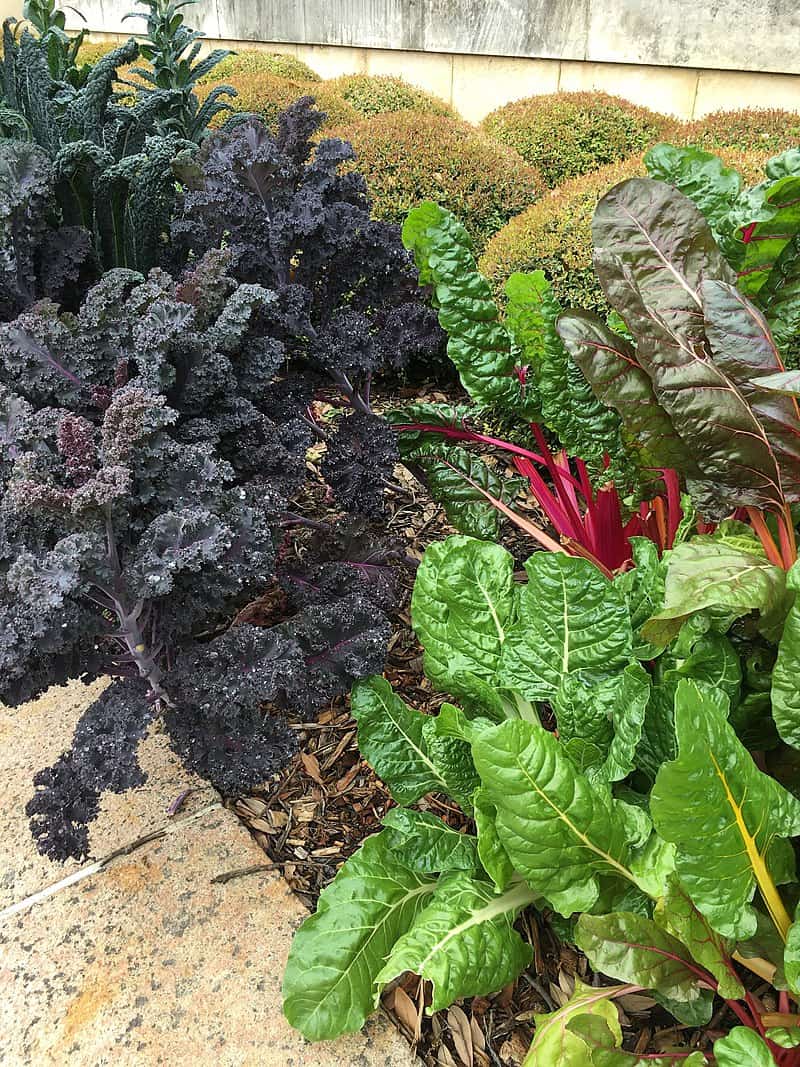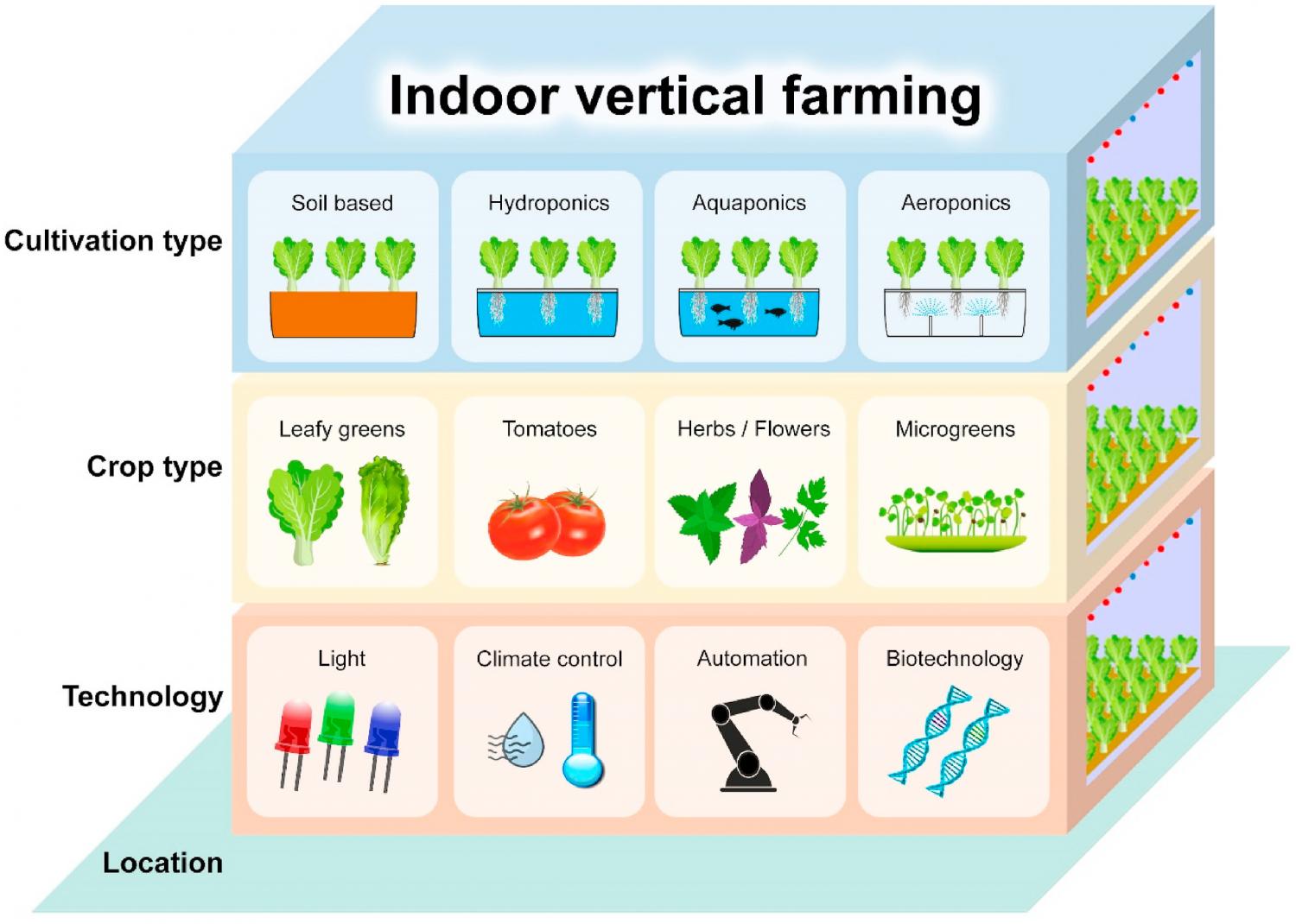seeing the lights for leafy greens in indoor vertical farming
If you’re curious about the world of vertical farming, you’re not alone! This fascinating field is gaining traction in many niche markets beyond the traditional leafy greens. In this post, we’re going to explore various niche vertical farming markets that you might not have heard of before.
Vertical Farming for Rare Herbs and Spices
If you’re a foodie or a connoisseur of rare herbs and spices, you know that finding the freshest varieties can be challenging. But with vertical farming techniques, you can have access to a wide range of fresh herbs and spices that are difficult to find elsewhere. Think beyond what’s typically found in the grocery store – you can cultivate everything from lemongrass to the elusive kaffir lime. And since vertical farming can take place indoors and without the need for soil, you can create ideal growing conditions for even the most delicate herbs.

Not only does vertical farming allow for access to rare herbs and spices, but it also allows for greater sustainability in the food industry. By removing the need for long-distance transportation and allowing for more efficient use of resources, this type of farming helps cut down on carbon footprints.
Vertical Farming for Medicinal Plants
As awareness of holistic and alternative medicine grows, so does the market for medicinal plants. Many of these plants are not easy to grow on a commercial scale, but vertical farming can change that. By providing precise control over lighting, water, and nutrients, indoor vertical farms can create ideal growing conditions for medicinal plants such as echinacea and chamomile. This also allows for more consistency in the quality and potency of plants used for medicinal purposes, which is important for both practitioners and patients.

Additionally, growing medicinal plants in a controlled environment can help reduce the risk of contamination and ensure that plants are free from harmful chemicals or pesticides.
Vertical Farming for Microgreens
While the use of microgreens in fancy restaurants has gained popularity in recent years, many people are still unfamiliar with this tiny powerhouse food. Essentially, microgreens are just sprouts that have grown a bit bigger – they’re harvested when the first true leaves appear, usually between one and three inches tall. Despite their small size, microgreens pack a punch when it comes to nutrition, and they offer a wide range of flavors and textures.

Vertical farming is well-suited for growing microgreens since they don’t require a lot of space or soil. Additionally, the precision control of lighting and watering can lead to more consistent yields and better quality microgreens overall.
Vertical Farming for Mushrooms
While mushrooms can be grown traditionally in outdoor patches, vertical farming can provide even better conditions for cultivation. Mushrooms favors a cool, moist environment, which can be difficult to maintain outdoors. But with vertical farming, the temperature and humidity can be carefully controlled to ensure a successful crop.

In addition, vertical farming can help reduce the risk of contamination from fungi or bacteria that could destroy a mushroom crop. And because vertical farming requires less space than traditional outdoor cultivation, it’s an attractive option for urban areas where land is limited.
Vertical Farming for Edible Flowers
For chefs and home cooks looking to add a bit of flair to their dishes, edible flowers can be an exciting ingredient. But finding fresh, organic edible flowers can be difficult, especially outside of peak growing seasons. That’s where vertical farming comes in – this technique allows for year-round cultivation of delicate edible flowers such as geraniums, marigolds, and violets.

Not only do freshly grown edible flowers add beauty and flavor to dishes, but they can also be used as natural remedies or in aromatherapy. With vertical farming, you can ensure that your edible flowers are free from harmful chemicals and pesticides.
Conclusion
As you can see, vertical farming has a wide range of applications beyond just leafy greens. By allowing for precise control over lighting, water, and nutrients, this technique enables a variety of niche markets – from rare herbs and spices to edible flowers – to flourish. And with the increasing demand for sustainable, locally grown food, it’s likely that we’ll see even more innovation and growth in the field of vertical farming in the coming years.

Source image : sdgresources.relx.com

Source image : www.alcimed.com

Source image : www.kelp4less.com







